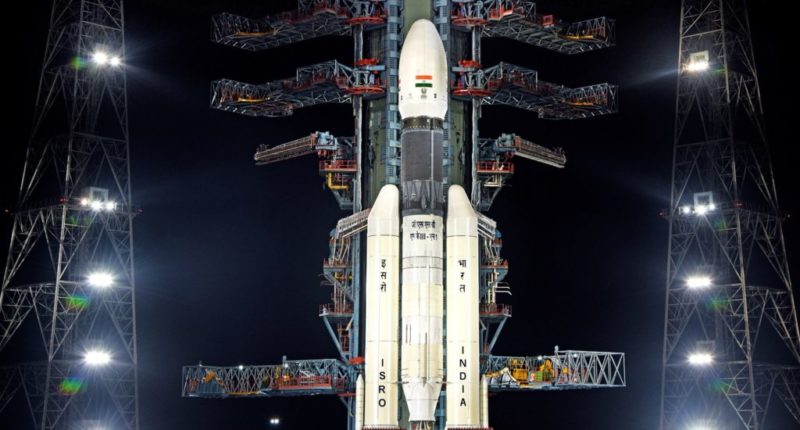The massively anticipated Chandrayaan-2 lunar mission, unarguably one of the most ambitious space missions undertaken by India’s ISRO, isn’t taking off as per schedule. According to fresh updates coming in from ISRO, the launch has been delayed due to technical snag.
A Facebook post from ISRO says, “A technical snag was observed in launch vehicle system at T-56 minute. As a measure of abundant precaution, #Chandrayaan2 launch has been called off for today. Revised launch date will be announced later.”
The snag has appeared in the launch vehicle system, while being extremely close to the launch time. As a measure of precaution, considering the criticality and vitalness of this mission, ISRO had to put launch on hold.
Once successful, the mission will see India entering yet another exclusive space club, which currently comprises of Russia, the US and China, to have soft landed a rover on moon. India however, will become the only country to have landed the rover on the farther, completely unexplored side of the moon (the south polar regions).
And there is every chance, that India’s Chandrayaan-2 will be successful. The country after all, became the first to send a mission around Mars at first attempt. The mission, despite being extensively complex, was done at a shoe string budget of $76 Million. Chandrayaan 1, the first moon mission by India, was also the one to discover water on the lunar surface.
Why the south polar region you ask ? Well, for one, it lies completely unexplored and humans have no idea on what goes on, on that side. Second, Through this effort, ISRO aims to derive insights and experiences that will bring about a paradigm shift in how lunar expeditions are approached for years to come — propelling further voyages into the farthest frontiers.
What all does Chandrayaan-2 aim to achieve? Well, a better mapping of the lunar surface to start with. Though there are a few mature models, the origin of Moon still needs further explanations. Extensive mapping of lunar surface to study variations in lunar surface composition is essential to trace back the origin and evolution of the Moon. Evidence for water molecules discovered by Chandrayaan-1, requires further studies on the extent of water molecule distribution on the surface, below the surface and in the tenuous lunar exosphere to address the origin of water on Moon.
The lunar South Pole is especially interesting because of the lunar surface area here that remains in shadow is much larger than that at the North Pole. There is a possibility of the presence of water in permanently shadowed areas around it. In addition, South Pole region has craters that are cold traps and contain a fossil record of the early Solar System.
Chandrayaan-2 will attempt to soft land the lander -Vikram and rover- Pragyan in a high plain between two craters, Manzinus C and Simpelius N, at a latitude of about 70° south.





